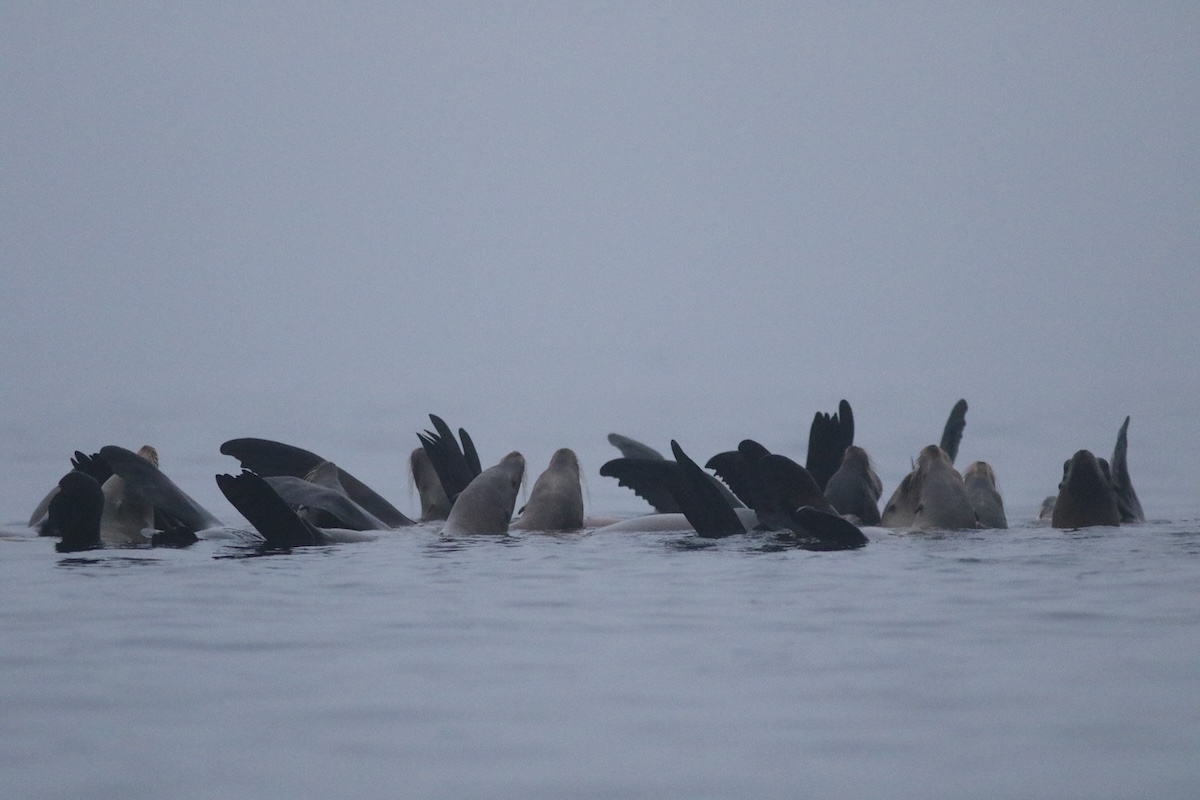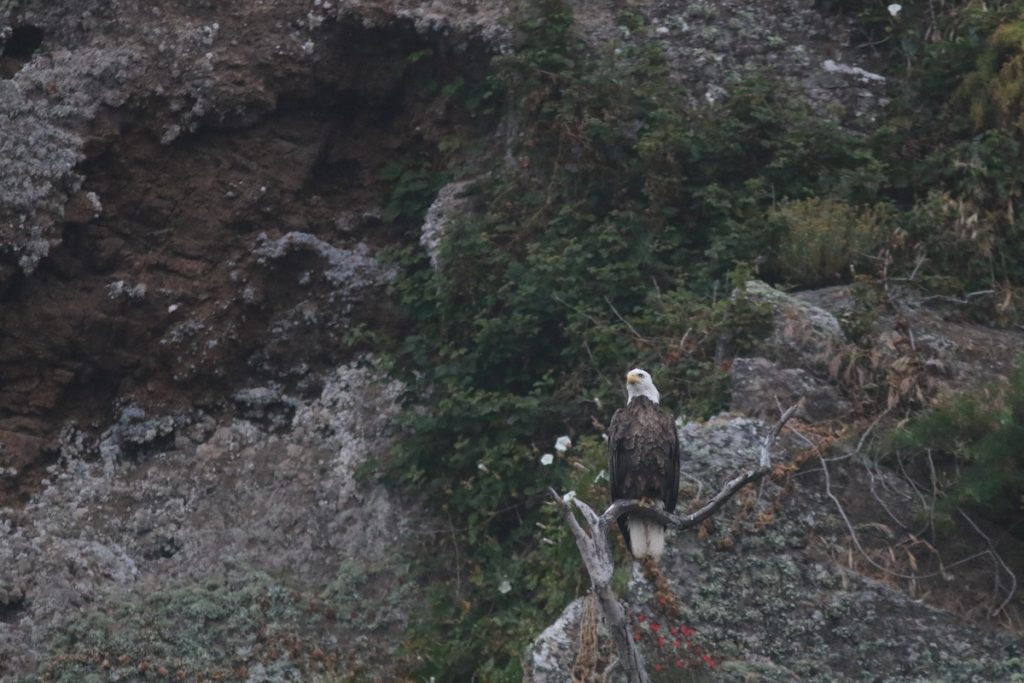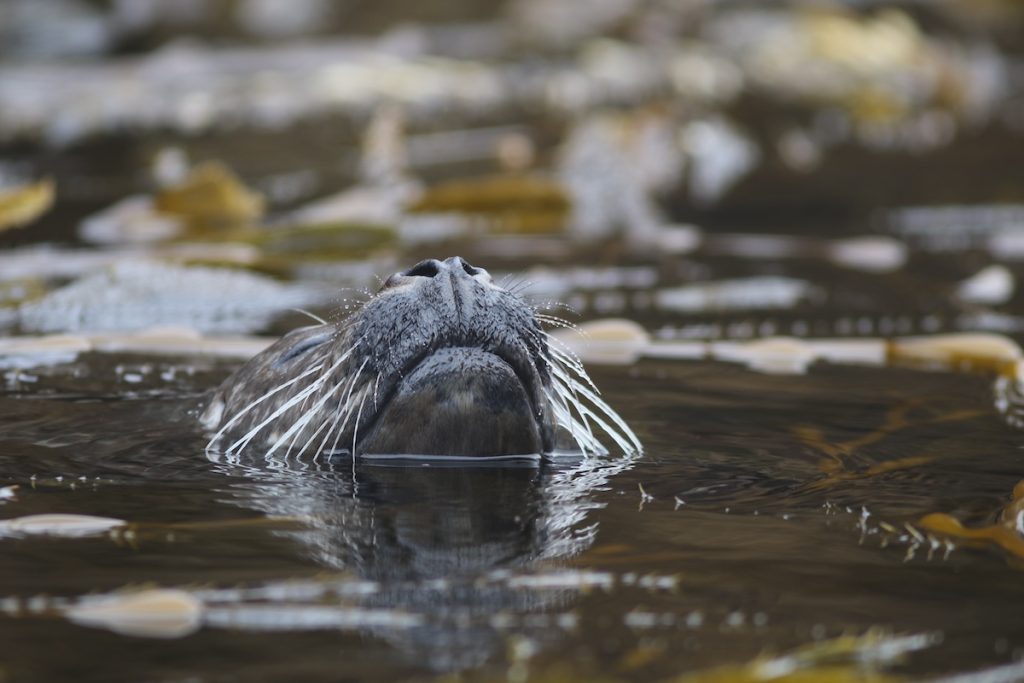Embracing the Haar

A half mile up Scorpion Canyon on Santa Cruz Island, I could hear the deep barks and bellows of raucous California sea lions.
Their symphony of bawls carried beneath the low canopy of dewy fog hovering above the Santa Barbara Channel, and the Channel Islands National Park.
It was 4 am, and as time crept toward June 21, 2024, Summer Solstice, the longest day of the year, I enjoyed taking advantage of those early, low-lit auroras. Of course, most of those dawns are various shades of gray, and those days are much appreciated from the kayak.
The Longest Days
As a kid living in coastal Carpinteria, I remember dreading chilly, soggy overcast mornings that hung tough throughout the day. They infringed on the good, positive vibes of that summertime feel.
Today, seasonal monikers have morphed beyond “May Gray,” then “June Gloom.” Now it’s “No Skies July” lingering further, melding into “Fogust,” “Fogtember,” and sometimes even “Fogtober.” More often, I hear locals say how it makes them feel depressed; that melancholy gray, damp weather inducing days of seemingly endless doldrums.

On the flip side, there are many visitors reveling in the gray. Folks from Las Vegas, Phoenix, and other desert regions are escaping triple digits, temperatures there creeping up to an unbearable 120 degrees. But the cool-down to 68-degree coastal Carpinteria or Santa Cruz Island feels pleasant, the sun maybe peeking out for an hour or so before being consumed by overcast.
After 29 years of kayaking around the islands, that length of time has softened my view of foggy soggy days. I’ve embraced the gray. Persistent fog means no northwest winds howling over the southeast finger of Santa Cruz Island. Calm, glassy conditions offer clean access into and through many of the toothy sea caves that honeycomb the north side cliffs of the largest isle off the coast.
Consistent overcast guarantees blooming island flora lasting longer into summer. Fog drip, not rain, is the largest water input on the entire chain. Seaside daisies, Santa Cruz Island live forevers, island paintbrush, Menzies’ goldenbush, and other vegetation benefit from the constant moisture.
Gray Worshipers
I left the cobbled shoreline before 5 am and paddled toward the barks and bellows about a mile east of Scorpion Rock. It’s difficult to focus on just one subject from the kayak. I wanted to spend a little time with everything before leading a kayak tour three hours later. Late season surf scoters were still enjoying the tranquil waters surrounding Scorpion Anchorage. Pigeon guillemots were busy searching for baitfish to bring back to their craggy nests concealed in the weathered cliffs and wave-battered sea caves. And a lone bald eagle chirped at all the western gulls heckling the majestic raptor on the fly.
The array of colors speckled over the furry coats of spotted harbor seals stood out in the diffused haze of overcast. At minus low tides, this smallest of the pinniped species across the Northern Chain haul out and rest on kelp-covered crags. They seemed to smile at me as I glided by in my kayak.

However, the bellows persisted as my pace quickened toward the early morning sea lions rafting just beyond Scorpion Rock. As the blades of my paddle pierced the glassy waters beneath towering, honeycombed cliffs, I could make out several large congregations of sea lions thermoregulating on the water despite the thick, dewy canopy of overcast conditions.
The pectoral flippers of the sea lions are brown and gray and are used like solar panels on the surface of the water. They possess lots of veins in the tips of their flippers allowing heat to circulate throughout their bodies.
I paddled toward the cacophony of sea lions. As I approached, it was difficult to determine how many sea lions were there. The mish mash of all those pectoral and tail flippers hid their true numbers. I guesstimated 100 sea lions between the three rafts. Most were females with a few burly bull sea lions mixed within the flotillas of marine mammals.
Weather can sometimes determine if wildlife is active. Strong spring winds can force species to hunker down. However, fog can be calming, tranquil, and depending on visibility, overcast skies can allow for great sightings, and this was one of those days.
On one of the longest days of the year, I relished the low-lying overcast, aided by the powerful bellows of those flippered sea dogs.







You must be logged in to post a comment.